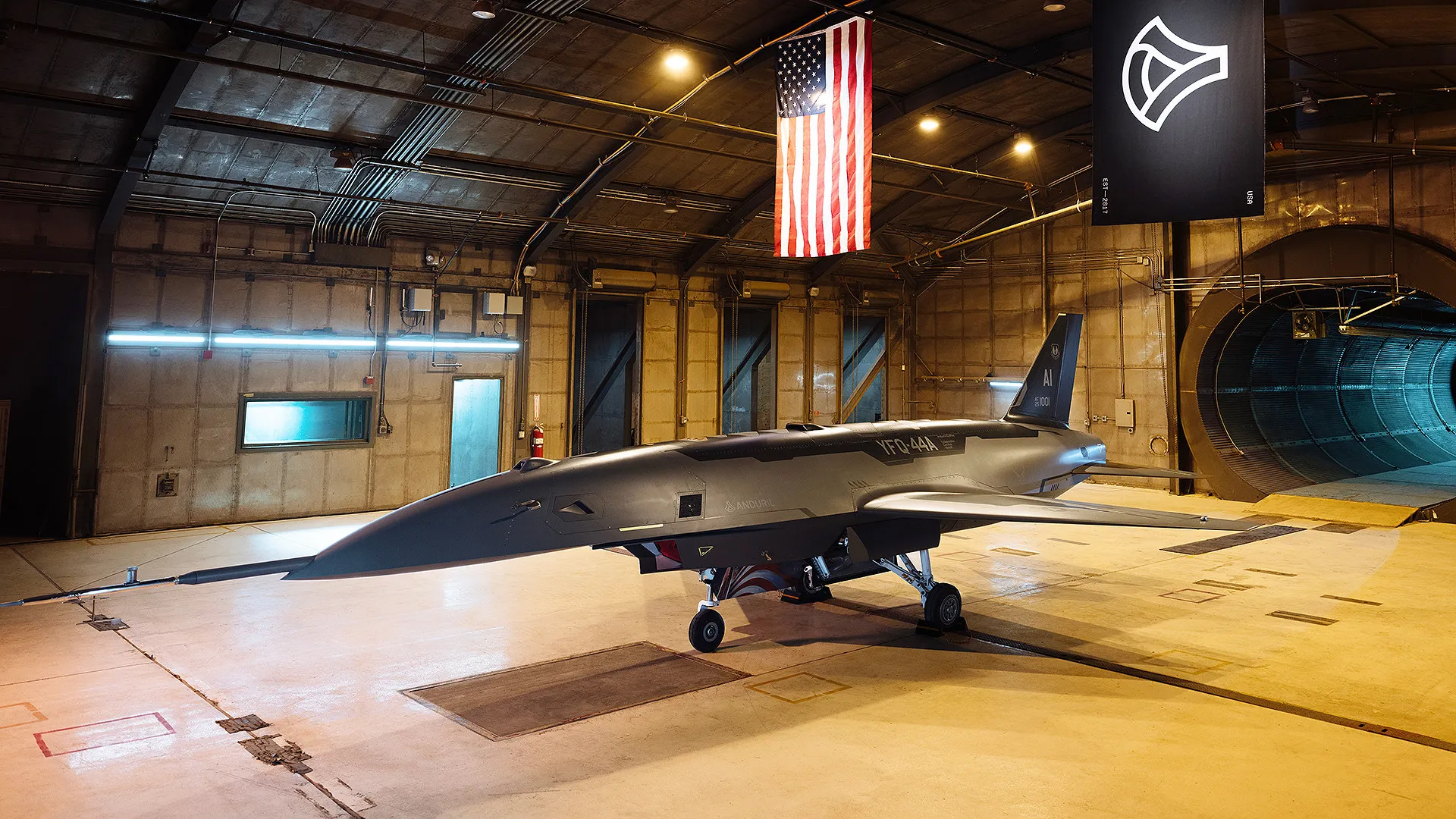F47: The US Air Force’s Next Generation Fighter Redefining Air Superiority

As military aviation stands on the cusp of a new era, the F47—recently unveiled as the US Air Force’s sixth-generation fighter—promises to transform the nation’s approach to air dominance. With advancements in range, stealth, and collaboration with unmanned aircraft, the F47 is poised to set new standards for future air superiority.
The Rise of the F47: A Technological Marvel
The F47 enters service at a pivotal moment for US defense strategy. Designed by Boeing, this next-generation jet is not just an incremental upgrade but a significant leap ahead. According to The Aviationist, the F47 is expected to enter operational service between 2025 and 2029, with over 185 units planned for production. This figure matches the original inventory of the F-22, which the F47 is set to replace or supplement.
Unmatched Range and Stealth Capabilities
A standout feature of the F47 is its officially stated combat radius of over 1,000 nautical miles. This range is nearly 50% greater than the F-35's combat radius and far surpasses previous generations. Interesting Engineering reports that this increased endurance allows the F47 to operate deep within contested airspace, reducing reliance on aerial tankers and opening new tactical options. Enhanced “Stealth++” technology gives the jet superior survivability against advanced air defenses. These stealth improvements represent a leap over both the F-22's "Stealth+" and the F-35's baseline stealth, providing a significant edge in modern air warfare.
Collaborative Combat: Paired with Advanced Drones
The future of aerial combat is not about single platforms but integrated systems. The F47 has been designed to work seamlessly with Collaborative Combat Aircraft (CCA)—highly advanced drones optimized for missions such as decoy, reconnaissance, and force multiplication. Both manned and unmanned systems will operate together to overwhelm adversaries and provide flexibility on the battlefield. As highlighted by The War Zone, over 1,000 CCA units are planned, many of which will be coordinated by the F47 during missions. This manned-unmanned teaming marks a major doctrinal shift for the US Air Force.
Comparing the F47 to International Rivals
Global competitors are racing to develop similar advancements. For instance, China’s J-36 reportedly boasts an even longer range, and the UK’s Tempest program claims significant payload and endurance improvements. However, the F47’s development timeline, paired with its robust integration into the US Air Force’s Next Generation Air Dominance (NGAD) strategy, puts America at the forefront of sixth-generation fighter technology. Ongoing debates continue regarding whether these enhancements are sufficient, but early indications suggest the F47 sets a formidable benchmark for years to come.
Conclusion: The Dawn of a New Era in Air Power
The F47 encapsulates the spirit of innovation and adaptability that defines the future of aerial warfare. With its superior range, unprecedented stealth, and ability to collaborate with autonomous systems, the F47 will ensure US air superiority for decades. For more in-depth analyses and official updates, visit articles on The Aviationist, Interesting Engineering, and The War Zone.
Stay tuned as the F47 takes flight, marking the next big leap in the evolution of air combat. America’s skies are set to remain secure, innovative, and unchallenged, led by this cutting-edge fighter and its supporting technologies.